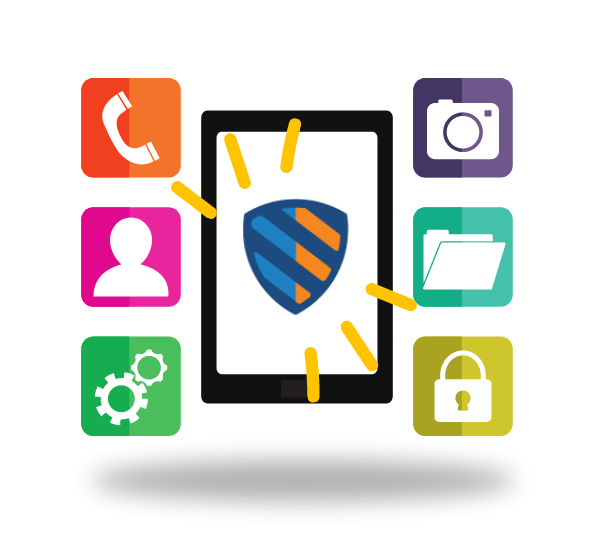
With the advent of new technologies and the rapid shift in consumer habits, applications on smartphones and tablets have become prevalent in our everyday lives. It has never been easier to access mobile banking than it is now, let alone to book flights or shop online. But with this ever-increasing dependence on our smartphones and tablets, we are also more exposed to cybercrime than ever before.
The myth that mobile apps are invulnerable to cyberattacks hasn’t withstood scrutiny. It’s true that mobile apps, on average, have fewer vulnerabilities than desktops or laptops, but their widespread use and application present hackers with a broad. and nearly irresistible, attack surface area.
The good news is that there are many steps the tech industry can take to protect itself from threats.

Mobile devices are vulnerable because of their open architecture and their ability to connect to other devices and networks. Mobile apps are particularly at risk. Hackers can exploit bugs and errors, either in the code of the app or on the app store that hosts them.
The top vulnerability is unencrypted data transmission. Bad actors can easily intercept unencrypted data when it travels from one device to another. That often happens when a user goes online while using an unsecured network, like their coffee shop Wi-Fi network, and connects their device to it.
But there are other potential problems, especially in app development. Incorrect default credentials or failing to validate input parameters before storing them in memory can lead to serious vulnerabilities within the app itself.
In one major breach that just happened recently, cybercriminals uploaded a counterfeit crypto wallet to the iOS App Store. The unfortunate users who downloaded it and entered their credentials, thinking it was safe, were instantly deprived of their funds. And this while using iOS, often considered a safer alternative to Android!

Mobile devices have become an integral part of our lives and we depend on them for everything from banking transactions to social networking. They contain sensitive information, such as passwords and payment card data, which makes them especially vulnerable to security breaches. 40% of all data breaches were traceable in some way to a mobile device.
These breaches create a lack of confidence among users and can cause them to question whether it’s safe to conduct transactions on their mobile device. As more people use mobile devices for financial transactions, the number of security breaches will probably continue increasing at an alarming rate.
App developers must double down on their security practices during and after development. That includes investing in secure coding practices like encryption and making sure they’re using the latest version of any tools they use. They should also consider implementing application hardening tools, such as those that PreEmptive offers, that can help uncover any security threats before they become major problems.
The added expenditure into security means that the tech industry is spending more money on product development. After many painful lessons, industry leaders have learned to take the threat of mobile cyber attacks seriously, no matter the platform. This means that not only are companies creating more secure applications and platforms, but they are also investing in security tools that can help them identify vulnerabilities.

The risks of launching untested applications are clear: potential data breaches and reputational harm. But how can companies mitigate these threats? There are several things to consider before releasing an application, including legal matters and security vulnerabilities. Here are some best practices for mitigating these risks:
App testing, for example, is the process of ensuring that an application meets its business requirements, functional requirements, and quality standards before being deployed for use by end users.
Software testers play an important role in ensuring that applications are free from defects and ready for release. They identify errors or defects in software requirements, design, code, and other elements of the software lifecycle. They also help ensure compliance with industry standards and regulations. Testers can work as part of a group or individually on specific projects within the organization.
Developers can also contract with third parties like PreEmptive to help them reduce security vulnerabilities in their apps. Third-party utilities can be used to scan the code for vulnerabilities, perhaps even finding some that would be otherwise missed by the developers themselves.

Given the threat of mobile breaches, there’s an ever-increasing need for developers to create more secure applications. App developers can start reducing their risk at multiple different levels:
Whether speaking about a corporate entity or an independent developer, mobile app security is a serious issue that can have disastrous implications if not approached carefully.
Companies should build their apps with security in mind from the start. PreEmptive is the leader in application security testing and analysis. We provide solutions that are easy to use, yet effective in preventing many types of vulnerabilities and defects in common mobile applications and systems. Contact us to learn more about how we can help you.